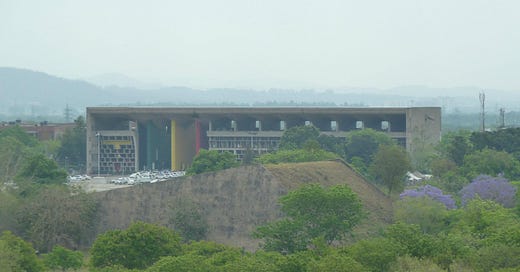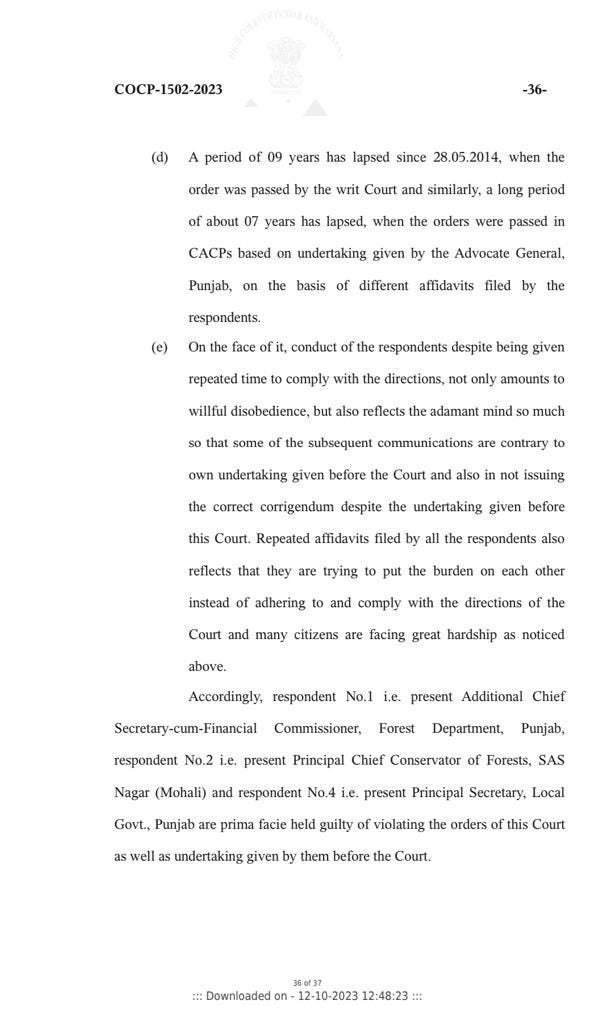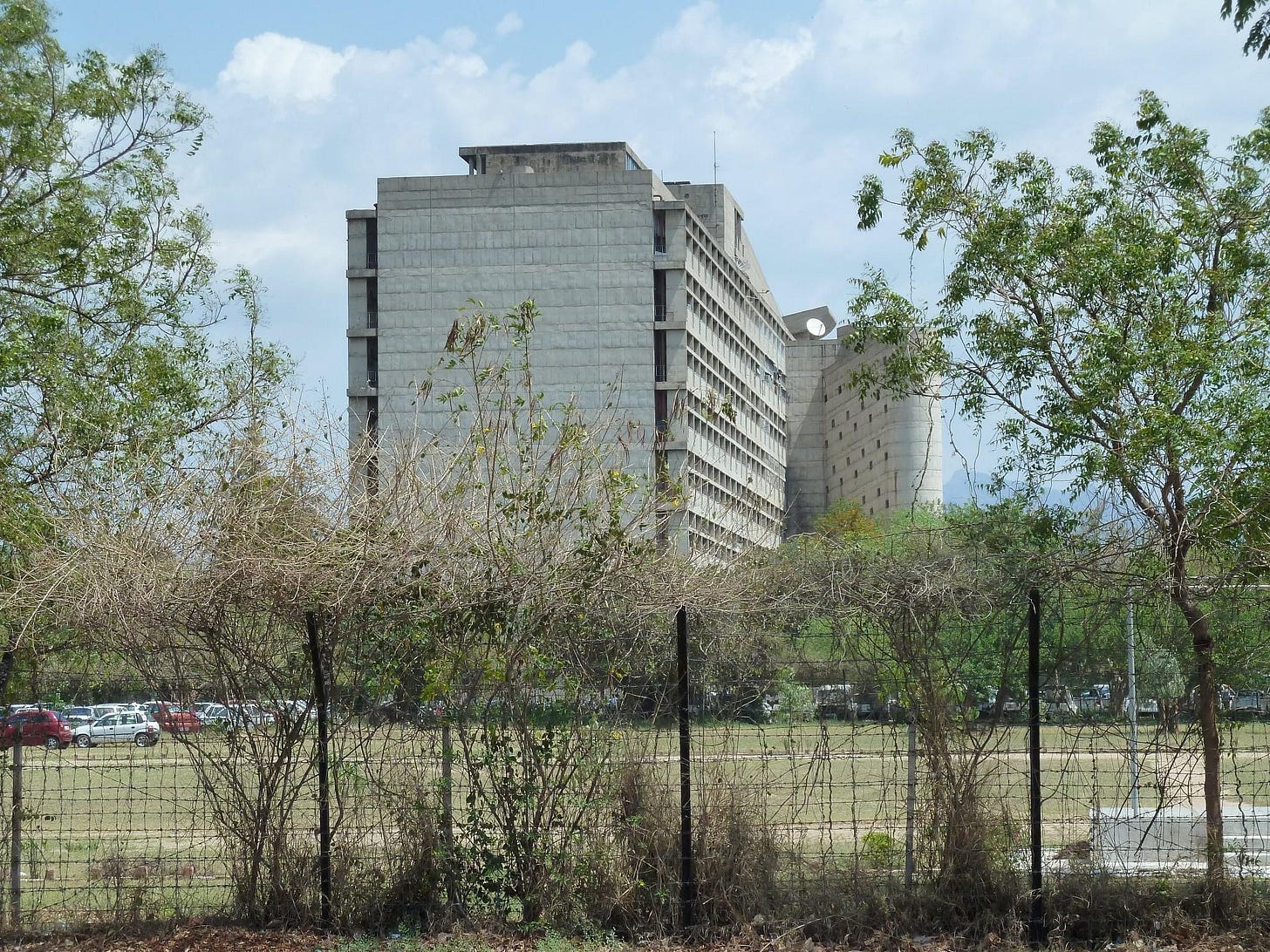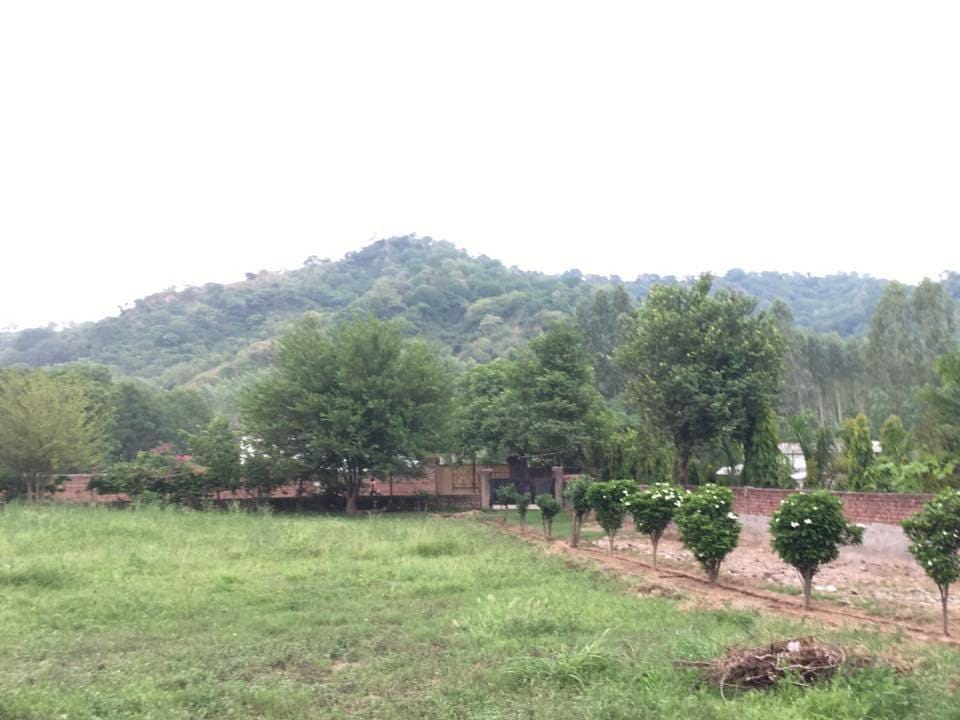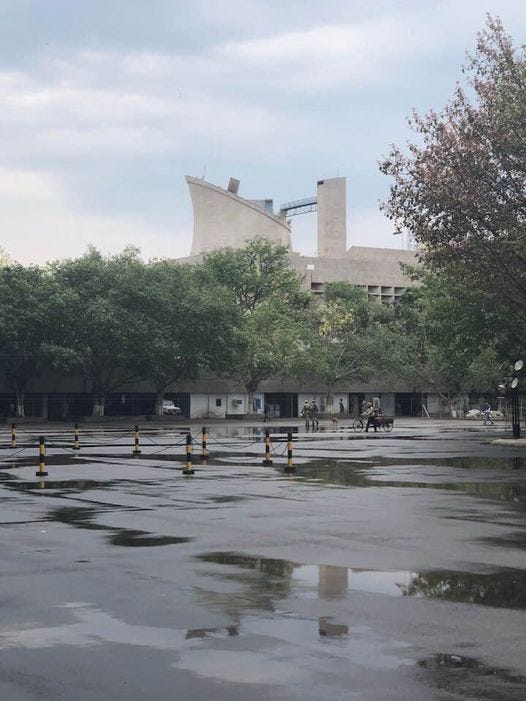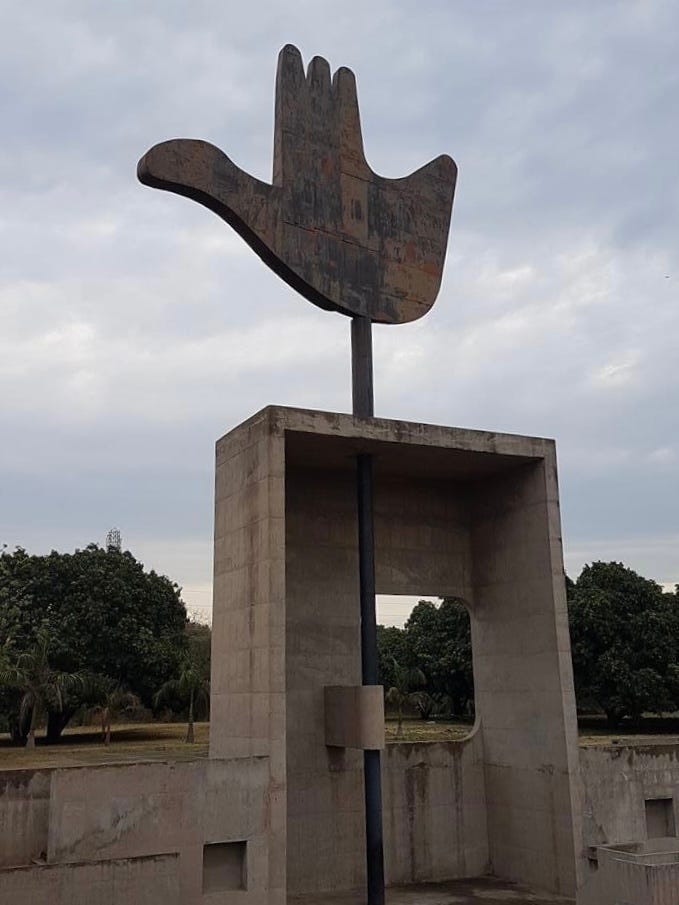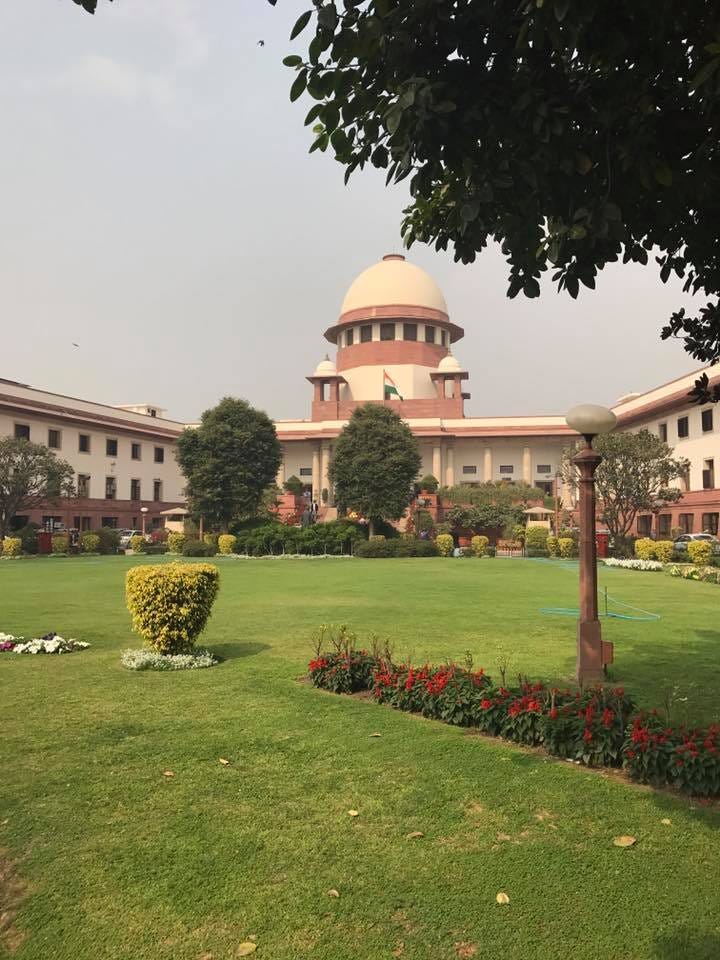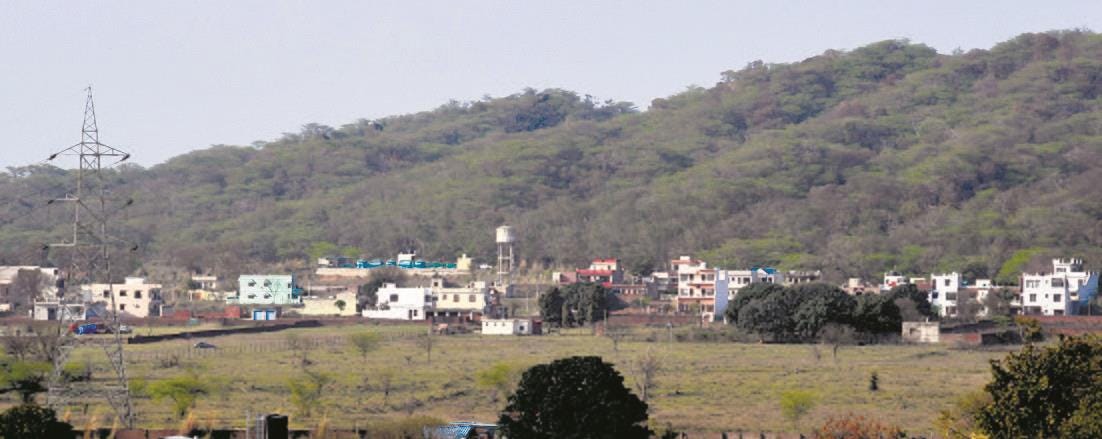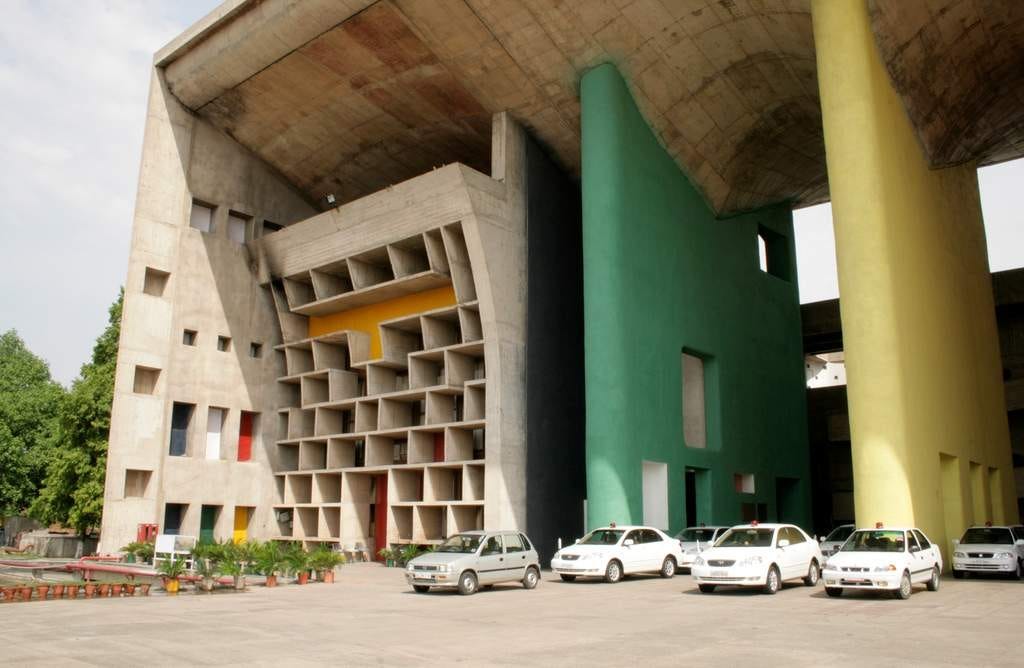Two Senior Punjab IAS Officers Guilty of Contempt—Punjab and Haryana High Court Order
Between Duty and Defiance: Contempt Challenges in the IAS Cadre— 8 Lessons to Learn for Civil Servants in General.
High Court’s Verdict: Contempt of Court Pronounced
In a decision of far-reaching importance that has sent seismic tremors through the Punjab bureaucratic circles, the Punjab and Haryana High Court today held two IAS officers of the rank of Additional Chief Secretary, alongside the Principal Chief Conservator of Forests, as prima facie guilty of contempt of the Court. Currently serving as the Administrative Secretaries of the Departments of Forest and Local Government (Municipal Affairs), these officers have been severely castigated in the judgement. For the benefit of our readers, the salient features of the order are presented below. Those interested in delving deeper into the judgment can access the complete 37-page document via the provided footnote link1 .
The Lead Petitioner: Gram Panchayat Bari Karoran
The torchbearer in this contempt of court case is none other than Gram Panchayat Bari Karoran. This Punjab village finds its location adjacent to the esteemed Capital Project, UT Chandigarh, which is home to vital establishments such as the Punjab Civil Secretariat, Punjab and Haryana Vidhan Sabha, and the Punjab and Haryana High Court. It's noteworthy that parts of the revenue estates from villages Karoran and Kansal have already been already been notified as the Municipal Council, Nayagaon.
The Historical Backdrop of the Litigation
The underpinning of this case is neither recent nor straightforward. The Punjab and Haryana High Court has delivered multiple judgments on this matter since 28.05.2014, which have their roots in earlier decisive rulings from the Supreme Court of India. The subsequent orders and judgments from the Punjab and Haryana High Court, whether through Civil Writ Petitions or Contempt of Court Petitions, and the ensuing appeals, further complicate the litigation. While the intricacies of the legal maze can't be wholly captured within the confines of this concise article, it's essential to note that the region within the 10-mile periphery of the Union Territory of Chandigarh, located in both Punjab and Haryana, falls under the purview of several laws. Some are specific to this area, while others have a broader scope but are made relevant through statutory notifications. Among the key legislations in play are the Punjab New Capital (Periphery) Control Act, 1952, the Punjab Regional and Town Planning and Development Act, 1995, Forest Conservation Act, 1980, the Punjab Municipal Act, 1911 and, significantly, the Punjab Land Preservation Act, 1900.
Deciphering the PLPA: Origins and Implications
Central to the dispute is the interpretation and execution of the Punjab Land Preservation Act, 1900 (PLPA) – a statute from the British colonial period, which applies to the Union Territory of Chandigarh, the State of Haryana, and, of course, Punjab. This Act, conceptualised during the British era, was geared towards safeguarding the ecologically sensitive regions in Punjab's sub-mountainous areas, particularly at the foothills of the Shivaliks, from deterioration and erosion. The legislation empowered the State Government to promulgate statutory notifications under sections 4 and 5, post a comprehensive review of claims and objections, and these would often span extended durations. Such directives restricted several activities, including excavation, drilling, and cattle grazing etc. Additionally, the Act provided that the landowners would receive compensation if these restrictive directives took effect.
Misinterpretation and Consequences: The PLPA Land Notification
The timeline traces back to the mid-1990s when around 70,000 acres of land, primarily cultivated since the days preceding India's independence, came under the ambit of the PLPA notifications. A critical oversight occurred when this stretch of land was erroneously reported to the Supreme Court of India as "forest land". This misconception arose due to the fact that the state's Forest Department was consigned the administration the PLPA. Thus, this land became unduly subject to a host of restrictions, under the presumption that it was classified as forest land as per the Forest Conservation Act, 1980. Such a classification set off a cascade of legal disputes.
A Plea for Rectification
The ramifications were not merely legal. The human element was palpable, as widespread unrest emerged across vast sections of Punjab, stretching from Chandigarh to Pathankot. Recognising the implications of this oversight, the State of Punjab moved swiftly, presenting an affidavit to the Supreme Court. This affidavit sought the Apex Court's approval to rectify the misclassification, clarifying that the said land was not "forest land" but was merely under certain restrictions as laid out by notifications issued under the PLPA, 1900.
The Aftermath of De-notification: Executive Restrictions
Following the de-notification of this land, it became evident that certain restrictive conditions were imposed at the executive echelons. These stipulations essentially barred even petty commercial endeavours within the so-termed "delisted" Khasra numbers. Significantly, these conditions were instituted at the executive level and not as a directive from the Supreme Court of India, even though the government's communications and notifications might have been presented to the Court.
Valuable Land and the Urbanisation Surge
With the tide of urbanisation surging, particularly in the periphery of Chandigarh, this tract of land experienced a surge in its intrinsic value. It soon hosted eminent projects like the acclaimed Forest Hills Golf Resort. An attempt to alleviate the restrictive implications of the PLPA saw the constitution of the Municipal Council Nayagaon by the Punjab Government, specifically within this area contiguous to UT Chandigarh. Despite such efforts, the Forest Department maintained a firm stance, consistently registering its objections. The fallout of this was conspicuous: meaningful developmental initiatives in this vicinity remained stalled. The bureaucratic gridlock reached such an extent that even trivial residential building plans encountered obstacles at the Municipal Council of Nayagaon's end. Consequently, the local populace found themselves grappling with challenges as basic as securing water and electricity connections.
Inter-departmental Tug-of-War
The intricacies of this situation roped in multiple governmental departments, each playing a pivotal role. The Forest Department, the Local Government (Municipal Affairs), and the Department of Housing & Urban Development – notably through its statutory wing, the Greater Mohali Area Development Authority – found themselves at the centre of this maelstrom. The Department of Revenue too became integral, as land records frequently surfaced during various litigations. Matters concerning demarcation, distinguishing between forest and non-forest territories or differentiating between PLPA notified zones and de-listed PLPA areas, became recurrent themes of contention.
A Bureaucratic Merry-Go-Round with No Respite
Caught in a relentless cycle of paperwork and bureaucracy, the files pertaining to this land meandered continuously between the three primary departments. Tragically, amidst this bureaucratic entanglement, the residents of the Municipal Council Nayagaon were left bereft of basic civic amenities. Simultaneously, the Gram Panchayat Bari Karoran, despite its large swathes of non-forest land that were verifiably excluded from the PLPA 1900's purview, remained stymied in terms of any meaningful development.
Déjà Vu from a Past Role
On reviewing today's order, I was met with an unsettling sense of familiarity. Both astonishment and disappointment washed over me as I realised that the core issues at hand remained unchanged from those that were prominent in 2016. During that time, in my capacity as the Financial Commissioner Revenue, I too found myself involved in a contempt of court petition, owing to the inability of the field patwaris and kanungos to demarcate clearly between forest and non-forest areas. Alarmingly, it seems that despite subsequent directives and interim orders from the High Court, there was a failure in honouring the foundational orders issued by the Punjab and Haryana High Court, rooted in the judgments of the Supreme Court of India. As is evident from today's ruling – and the enduring grievances of the Gram Panchayat Bari Karoran – compliance was far from satisfactory in the eyes of the Punjab and Haryana High Court.
The Credibility of the Officers in Question
The two IAS officers in question enjoy a very good reputation within the Punjab cadre, counted among the most capable in their tier of seniority. It's challenging for me to fathom that such dedicated professionals could have wilfully or deliberately flouted directives from the Supreme Court or the High Court. Thankfully, the Court's provision of a 30-day window to rectify the situation provides an avenue for redemption. I remain hopeful that, in this duration, the issues will find resolution and the officers' reputations and careers will remain untarnished.
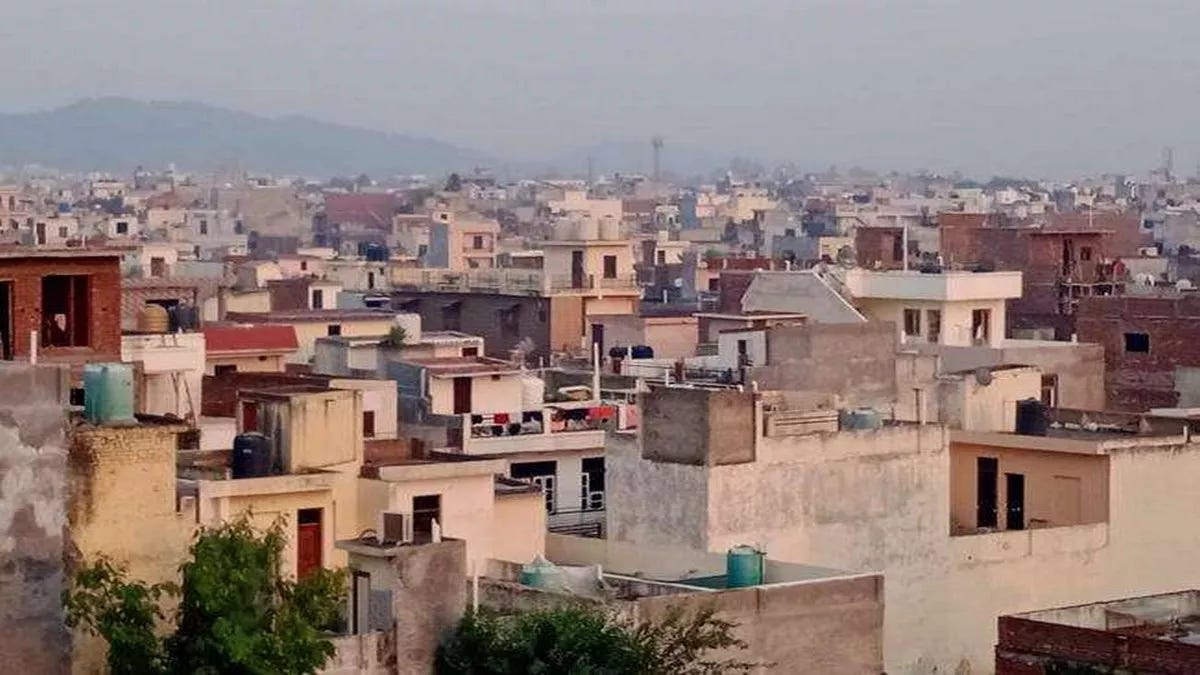
Lessons Beyond the Case's Complexities
While it's tempting to delve deep into the intricate details and dissect the myriad facets of this case, it's perhaps more crucial to extract broader learnings from it. For IAS officers, whether serving at the state or central level, this incident offers invaluable takeaways for their professional journey.
Eight Key Lessons for Bureaucrats
1. Onus on the Incumbent Officer The on-ground officer bears the brunt of responsibility when it comes to adhering to court orders. Even if court directives have remained unfulfilled over extended periods, it doesn't diminish the accountability of current officials. If anything, the legacy of non-compliance intensifies the imperative for them to ensure directives are implemented.
2. Collective Responsibility and Inter-departmental Coordination Shifting the responsibility or attributing non-compliance to procedural delays in another government department doesn't absolve one's duty. When a state, such as Punjab or any other, is party to court directives, all its departments – including boards, corporations, and other entities – are bound by the court's decision. In scenarios of inter-departmental friction or lack of alignment, leveraging the institution of the Chief Secretary, a time-honoured mechanism, can help mediate and resolve these differences.
3. Seek Written Counsel from Legal Authorities When facing complex legal challenges, IAS officers must obtain written advice from authoritative legal figures. For state matters, this advice should come from the Advocate General, whereas for central government issues, the Attorney General, Solicitor General, or the Ministry of Law should be consulted. It's vital to present these authorities with a clear picture, ensuring all relevant orders, judgments, and associated files are disclosed. An IAS officer acting upon the documented advice of such a constitutional authority typically stands shielded from allegations of wilful disobedience.
4. Boundaries of the Contempt Court A contempt court possesses no authority to alter or adjust orders passed by another High Court bench. Its jurisdiction solely pertains to determining if there's been wilful disobedience concerning those orders. If there's a need for clarity, modification, or a review of the initial orders, the appropriate procedure would be to approach the original court or bench, be it through a review, recall, or appeal. It's not within the contempt court's purview to entertain requests for order alterations; its mandate is to assess the order as it stands and ascertain if any intentional defiance has occurred.
5. The Irrelevance of Personal or Internal Views Post Final Order Once a court order has gained finality, both the personal perspectives of the concerned officer and the opinions of their subordinates or departmental legal advisors become inconsequential. If there's discord with the court's rulings, the correct protocol would be to seek a modification or review of said orders. A prevalent pitfall involves junior officials recording dissenting notes, often fully aware that they might escape the contempt court's scrutiny. However, an IAS officer at the helm cannot rely on such dissent if it contradicts unequivocal court orders.
6. Upholding the Legacy of Official Commitments It's imperative for current incumbents to respect and uphold affidavits submitted by their predecessors to the High Court, regardless of the time that has lapsed since their submission. Assuming that the undertakings made by a now-retired officer are no longer binding is a perilous oversight. Such miscalculations frequently entangle even the most seasoned officers. Governments and their administrations are continual entities, and shifts in their political complexion or personnel do not alter prior commitments, obligations and liabilities. The gravity of past pledges and affidavits must be recognized and maintained. Reneging on an official undertaking, particularly one made to a court, constitutes wilful breach and squarely falls under contempt as per the Contempt of Courts Act, 1971.
7. The Dual Purpose of the Contempt of Courts Act The Contempt of Courts Act serves a twofold purpose: firstly, to safeguard the dignity and authority of the judiciary, and secondly, to ensure the steadfast implementation of lawful orders, particularly those that have reached finality, by the executive officers. Reflecting upon my 37-year tenure as an IAS officer in the Punjab Cadre, I've observed that when court orders are duly adhered to and an apology is extended for any inadvertent delays, contempt courts typically refrain from declaring an officer guilty of contempt.
8. Contempt of Court: Between the Judiciary and the Contemnor It's vital to understand that contempt of court proceedings primarily involve the Court and the alleged contemnor. The petitioner alleging contempt merely serves as an informant, highlighting instances of deliberate non-compliance to the court. As outlined in the Contempt of Courts Act, 1971, mere casual or even negligent non-adherence doesn't qualify as contempt. Only wilful disobedience– especially one that showcases a blatant disregard for orders in a contumacious and obdurate manner – warrants a contempt charge. It's an onerous task for any Court to hold an individual or officer guilty of contempt. I firmly believe that no judiciary finds pleasure in endorsing such verdicts, especially where senior IAS officers are respondents. Hence, it's incumbent upon such officers to ensure that the judiciary isn't cornered into a position where declaring them guilty of contempt becomes an unavoidable obligation.
Navigating the Legal Minefield: IAS Officers and Contempt Petitions
In the intricate landscape of litigation, particularly within the High Courts and the Supreme Court of India, contempt petitions remain an inevitable feature. In the vast majority of these cases, IAS officers, often as administrative secretaries, find themselves in the crosshairs. While these officers bear the paramount duty of ardently defending the interests of the State, even to the Supreme Court, they must tread with caution post-final judgements. Once all legal avenues have been exhausted and if the State's stance doesn't prevail, it's imperative for the officer to refrain from making it a matter of personal esteem to resist the court's final directives. Such resistance may not culminate in national accolades like the Padma Shri, but it's almost certain to invite contempt of court proceedings.
Lessons from the Academy and the Courtroom: A Beacon for IAS Officers
My foundational training at the Lal Bahadur Shastri National Academy of Administration, Mussoorie (1984-86), coupled with the invaluable mentorship of esteemed IAS officers during my tenure, has reinforced this perspective. Furthermore, the sagacious counsel from several distinguished law officers, some of whom now grace various High Courts in India, has echoed this sentiment. Occasionally, a jolt from conventional expectations can offer an invaluable lesson – one that may elude us in routine bureaucratic operations. While I ardently hope the aforementioned IAS officers emerge unscathed from these contempt proceedings, I also aspire for this piece to serve as a beacon of insight, not just for IAS officers in Punjab but across the country, elucidating the nuances of contempt of court for practitioners in the field of public governance
https://drive.google.com/file/d/13fnSRhBgGDCFWuD4s3aRmjfFFTpaZEuk/view?usp=drivesdk

